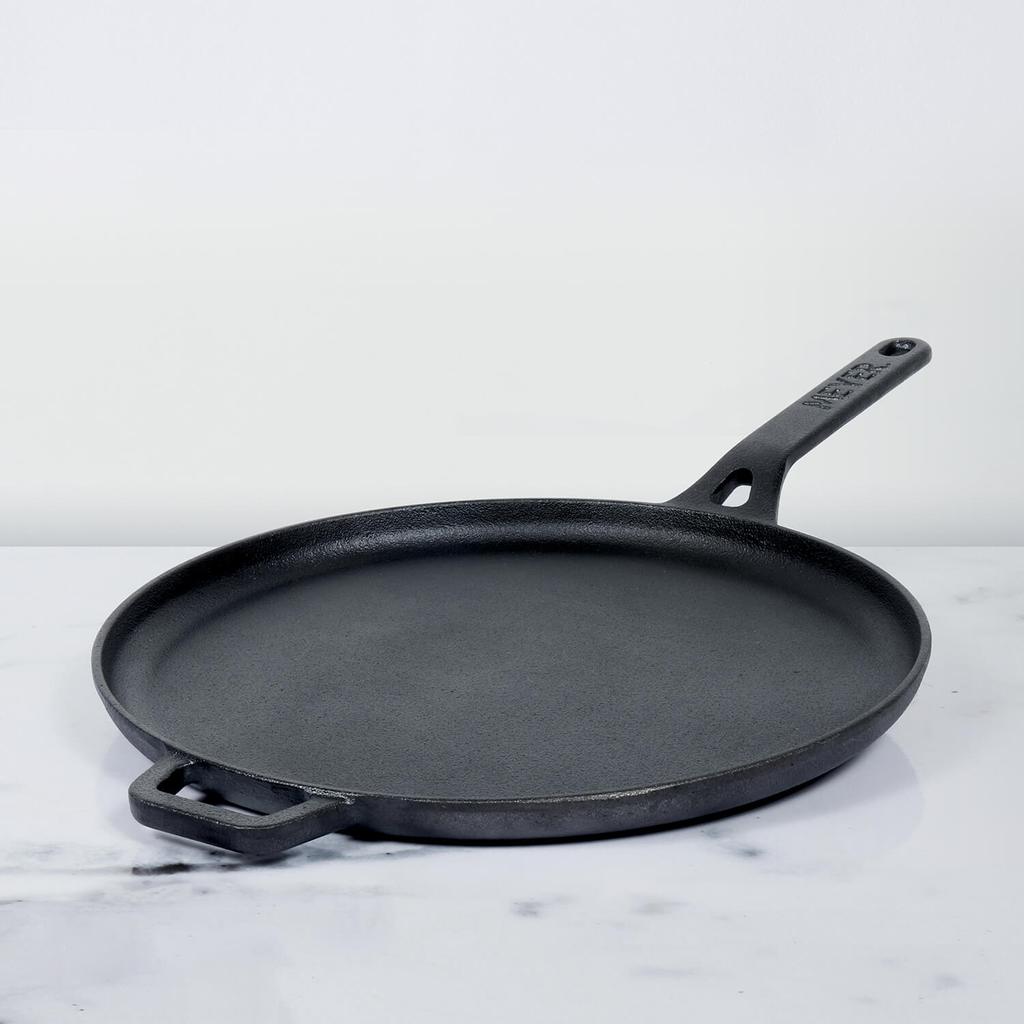Healthy fats play a crucial role in weight loss by supporting satiety, promoting nutrient absorption, and providing essential nutrients for overall health. Navigating the fat-burning journey involves incorporating nutrient-dense sources of fats such as avocados, nuts, seeds, and fatty fish into your diet while practicing portion control. It's essential to strike a balance between healthy fats, lean proteins, and complex carbohydrates to support energy levels and stabilize blood sugar levels. Choosing whole foods over processed options and practicing mindful eating can help optimize fat loss efforts while ensuring long-term success and overall well-being. By understanding the role of healthy fats in weight loss and making informed dietary choices, individuals can navigate the fat-burning journey effectively and achieve their desired health goals.
Table of Contents
What Are Healthy Fats?
Healthy fats, also known as unsaturated fats, are essential components of a balanced diet and contribute to overall health and well-being. Unlike unhealthy fats, such as trans fats and saturated fats, which can increase the risk of heart disease and other health problems, healthy fats provide numerous benefits. Examples of healthy fats include monounsaturated fats found in foods like avocados, nuts, seeds, and olive oil, as well as polyunsaturated fats, including omega-3 and omega-6 fatty acids found in fatty fish, flaxseeds, chia seeds, and walnuts. These fats play vital roles in supporting cell structure, promoting brain function, regulating hormone levels, and aiding in nutrient absorption. Incorporating sources of healthy fats into the diet can help maintain heart health, improve cholesterol levels, support cognitive function, and contribute to overall metabolic health when consumed in moderation as part of a balanced diet.
Types of Healthy Fats:
- Monounsaturated Fats: Found in foods like avocados, nuts (such as almonds, peanuts, and cashews), seeds (such as pumpkin and sesame seeds), and olive oil.
- Polyunsaturated Fats: Found in fatty fish (such as salmon, mackerel, and trout), flaxseeds, chia seeds, walnuts, and vegetable oils (such as soybean, corn, and sunflower oil).
- Omega-3 Fatty Acids: A type of polyunsaturated fat found in fatty fish, flaxseeds, chia seeds, walnuts, and algae supplements.
- Omega-6 Fatty Acids: Another type of polyunsaturated fat found in vegetable oils, nuts, and seeds.
- Saturated Fats (in moderation): Found in foods like coconut oil, dairy products (such as cheese and butter), and fatty cuts of meat.
Importance of Healthy Fats:
Healthy fats play several essential roles in the body, including:
- Energy Source: Fats are a concentrated source of energy, providing more than twice the number of calories per gram compared to carbohydrates and protein.
- Nutrient Absorption: Certain vitamins, such as vitamins A, D, E, and K, are fat-soluble, meaning they require fat for absorption.
- Cellular Function: Fats are structural components of cell membranes and play a role in cell signaling and communication.
- Hormone Production: Fats are necessary for the production of hormones, including those involved in metabolism and appetite regulation.
Incorporating Healthy Fats into Your Diet for Weight Loss:
- Portion Control: While healthy fats are beneficial, they are calorie-dense, so it's essential to consume them in moderation, especially if weight loss is your goal.
- Balance Macronutrients: Include a balance of healthy fats, lean proteins, and complex carbohydrates in your meals to support satiety and stable blood sugar levels.
- Choose Whole Foods: Opt for whole food sources of healthy fats, such as avocados, nuts, seeds, and fatty fish, rather than processed or fried foods high in unhealthy fats.
- Cooking Methods: Use cooking methods such as baking, grilling, steaming, or sautéing with minimal oil to limit added fats.
- Mindful Eating: Practice mindful eating by paying attention to hunger and fullness cues, savoring the flavors and textures of your food, and avoiding distractions while eating.
Sample Meal Ideas:
- Avocado Toast: Top whole-grain toast with mashed avocado, a sprinkle of sea salt, and red pepper flakes for a satisfying and nutrient-rich breakfast or snack.
- Salmon Salad: Combine mixed greens with grilled salmon, cherry tomatoes, cucumber slices, avocado, and a drizzle of olive oil and balsamic vinegar for a hearty and flavorful lunch.
- Nutty Quinoa Bowl: Prepare a quinoa bowl with cooked quinoa, roasted vegetables, chickpeas, and a sprinkle of toasted nuts (such as almonds or walnuts) for a protein-packed and filling dinner.
-
Greek Yogurt Parfait: Layer Greek yogurt with fresh berries, a drizzle of honey, and a handful of granola or crushed nuts for a nutritious and satisfying dessert option.
Easy Recipes Using Healthy Fats:
Here are three easy Indian recipes that incorporate healthy fats:
- Avocado Roti (Indian Flatbread)
Ingredients:
- 1 ripe avocado
- 2 cups whole wheat flour
- Salt to taste
- Water, as needed
- Ghee or oil for cooking
Instructions:
- Mash the ripe avocado in a bowl until smooth.
- In a separate mixing bowl, combine the whole wheat flour and salt. Gradually add water and knead to form a smooth dough.
- Divide the dough into equal-sized balls.
- Take one dough ball and roll it out into a circle using a rolling pin.
- Spread a thin layer of mashed avocado evenly over the rolled-out dough circle.
- Fold the edges of the dough circle towards the center to seal the avocado filling inside.
- Roll out the filled dough ball again to form a flatbread (roti).
- Heat a skillet or tawa over medium heat and cook the avocado roti on both sides until golden brown, brushing with ghee or oil as needed.
- Repeat the process with the remaining dough balls.
- Serve the avocado roti hot with your favorite Indian curry or chutney.
- Sprouted Moong Salad
Ingredients:
- 1 cup sprouted moong beans (green gram)
- 1 small onion, finely chopped
- 1 small tomato, finely chopped
- 1 green chili, finely chopped (optional)
- Handful of fresh cilantro, chopped
- Juice of 1 lemon
- Salt to taste
- 1 tablespoon olive oil
Instructions:
- In a mixing bowl, combine the sprouted moong beans, chopped onion, tomato, green chili (if using), and cilantro.
- Drizzle olive oil and lemon juice over the salad.
- Season with salt to taste and toss well to combine.
- Let the salad marinate for about 10-15 minutes to allow the flavors to meld together.
- Serve the sprouted moong salad as a healthy and nutritious side dish or snack.
- Coconut Chutney
Ingredients:
- 1 cup grated coconut (fresh or frozen)
- 1 green chili, chopped
- 1-inch piece of ginger, peeled and chopped
- Handful of fresh cilantro leaves
- Salt to taste
- Water, as needed
- 1 tablespoon coconut oil
- 1 teaspoon mustard seeds
- 1 teaspoon urad dal (split black gram)
- Few curry leaves
Instructions:
- In a blender or food processor, combine the grated coconut, chopped green chili, ginger, cilantro, and salt.
- Add a little water and blend until you get a smooth chutney consistency. Adjust the consistency by adding more water if needed.
- Transfer the coconut chutney to a serving bowl.
- In a small pan, heat coconut oil over medium heat. Add mustard seeds and urad dal and let them splutter.
- Add curry leaves and sauté for a few seconds until fragrant.
- Pour the tempering over the coconut chutney and mix well.
- Serve the coconut chutney with dosa, idli, vada, or any other South Indian snack.
Conclusion:
Incorporating healthy fats into your diet is an essential aspect of a balanced and sustainable approach to weight loss. By choosing nutrient-dense sources of fats and practicing portion control, you can support overall health, promote satiety, and achieve your weight loss goals effectively. Remember to focus on whole foods, balance your macronutrients, and listen to your body's hunger and fullness cues throughout your fat-burning journey.











Leave a comment